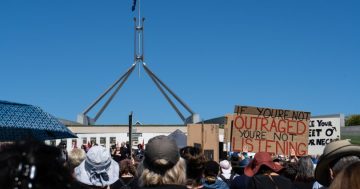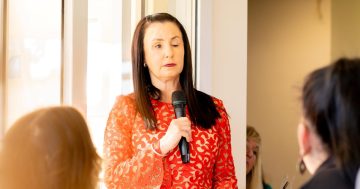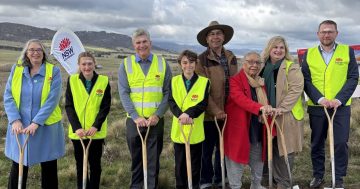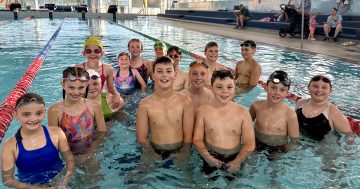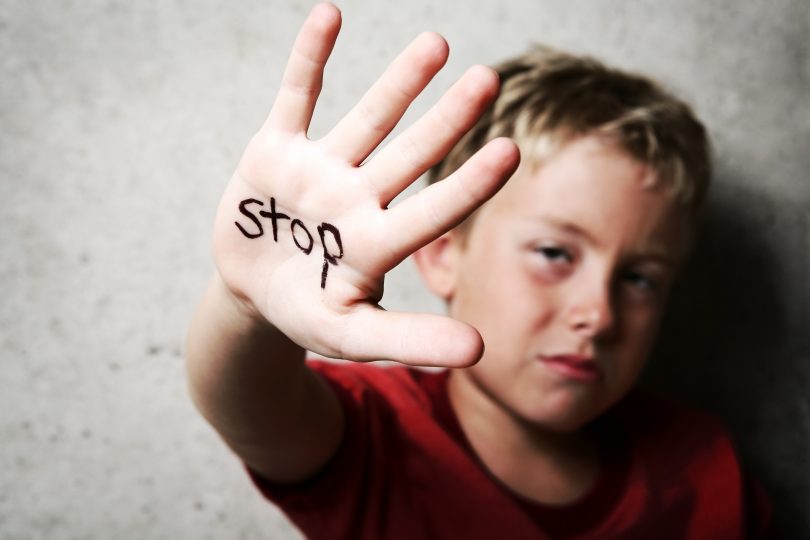
Blaming schools alone for school violence is unfair.
There have been numerous reports in the media recently about high school students filming violence and posting the footage online. To be honest, I think a level of violence has always been present amongst teenagers – I remember with sadness the chants of “fight fight fight” that would erupt sporadically at every school I went to from primary school all the way through to Year 12.
What’s different now? The digital tattoo that affects everyone involved, even the not-so-passive bystander who films and posts the event, for life. It’s inescapable and magnifies the initial hurt many times.
Impact
Say you’ve had a humiliating experience – you’ve been verbally abused, bullied or beaten up. A bad experience you want to put behind you, forget it, move on and recover from the physical and mental trauma. But let’s say it’s captured online – shared amongst your friends, enemies and then even further afield, attracting hundreds of likes and thousands of views. What if people keep commenting on it, sharing it and it keeps comes up in Google searches months or even years later? Say at your next job interview or sent to your prospective girlfriend or boyfriend?
We call this impact a digital tattoo. You’re stuck with it and it can never really be removed. The trauma keeps repeating…on and on again and again….
But it doesn’t only affect the victim. The bully or the user of violence is also affected by the digital tattoo – they might think it looks cool to their friends’ network being “tough” now but what about when they’re looking for a job? What’s a future partner going to think?
Targeting Schools
A number of media reports and subsequent commentary on social media appears to target schools; in many cases saying schools, educators and even the government are not doing enough (or even anything) to fix the problem.
I think this is unfair. In our experience at Menslink, much of the violence happens outside school supervision and even crosses school boundaries. In one case an individual targeted a random stranger (a smaller kid, unfortunately) in a shopping centre car park; in another, a young man was attacked by kids at another school who had learned (via social media) that he was gay.
Violence (and the celebration and perpetuation of violent behaviour through social media) is a community issue. It is not condoned or encouraged at school and schools are inherently limited in what they can control. Kids are generally only at school for 30 hours a week – that’s less than 20 per cent of a term week and doesn’t include the 14 weeks of school holidays. That’s worth thinking about….
Violence is a community issue and we all need to look into root causes, prevention strategies and interventions: schools, parents, government, police, neighbourhoods and the community sector. All of us.
What can we do?
Frankly, I think there is a case for increased regulation of social media companies; interestingly a view also held by Facebook’s CEO Mark Zuckerberg.
Let’s face it, social media companies make money out of these violent videos and content – they drive traffic, traffic drives growth, growth drives advertising and a rising share price. It is way too difficult to request content that shames you or your children to be taken down (importantly if Facebook doesn’t think it’s offensive to the community then it is impossible to have the content removed). This needs to change.
We need increased support options for victims and offenders alike: non-judgemental, easily accessible and not necessarily tied to “mental health” or “behaviour change” – both labels which can discourage help-seeking behaviour.
Finally, we need to look at how we are influencing the very behaviour we are trying to stop. I was very disappointed to read so many comments online from adults effectively saying that adults need to go down and beat up the kids. Here’s a couple of recent comments on ABC Canberra’s Facebook page:
“you’d better hope that the police find the perpetrator before I do. They’d never do it again.”
and, in response,
“I’m with you [name]… any little ****bag does this to my kid and I’ll be doing the same violence on them!”
Adults advocating violence, especially violence by a stronger person (adult) against a weaker person (child) only helps reinforce in young people’s minds that bullying and violence works. This to me is the most troublesome aspect of the whole debate: public calls for schools to do more, but in an environment where parents are reinforcing the behaviour for all to see.
As a society, we need to do more ourselves and be better role models. Schools can’t do it all.
Martin Fisk is the Chief Executive of Menslink. He is an active campaigner for young men, speaking to schools, businesses and community groups across the region about issues facing young men, their families and communities, including family violence, mental health, drugs and suicide – still the leading cause of death in men under 40. In 2012, Martin designed the award-winning Silence is Deadly campaign to reduce the stigma of admitting to problems and encourage more young men to get help when faced with troubled times.
Original Article published on Menslink.
Original Article published by Martin Fisk on The RiotACT.









